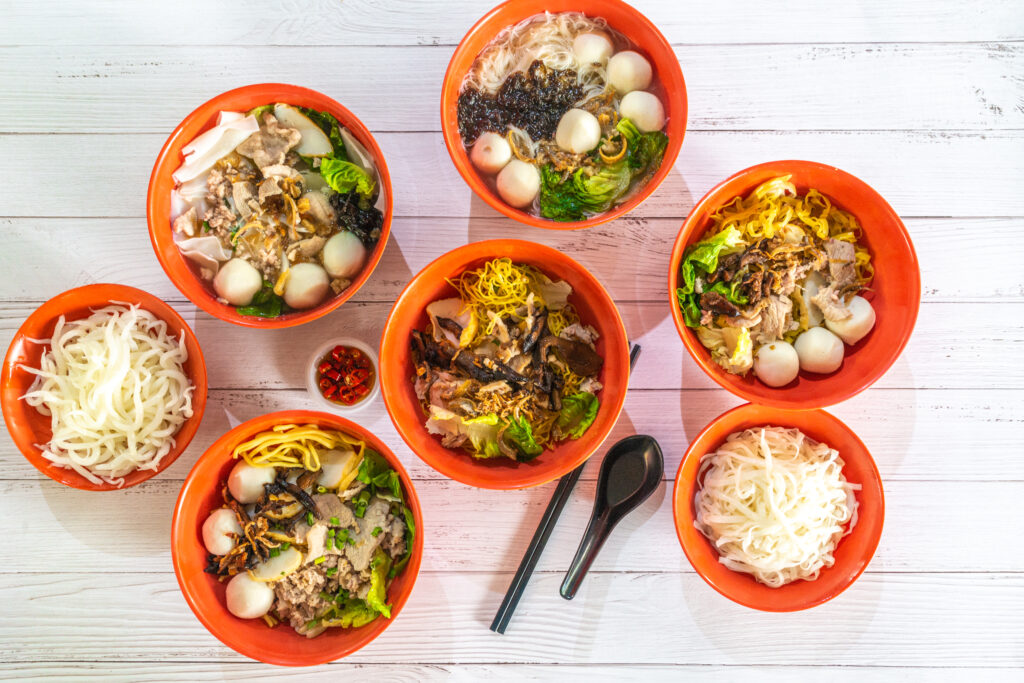According to a recent article by Channel News Asia, although Singapore is known for its cleanliness and strict food safety regulations, outbreaks of gastroenteritis continue to occur in the country's eateries. From street food vendors to fine dining restaurants, no industry seems immune to these incidents, highlighting the ongoing challenges in maintaining food hygiene standards.
Recent statistics from the Singapore Food Agency (SFA) paint a mixed picture: since 2019, the number of major gastroenteritis outbreaks has fluctuated between 44 and 60 cases per year (excluding the pandemic-affected 2020), but the incidence of food poisoning per 100,000 population has remained relatively stable, at around 21-25 cases per year. While the SFA calls these figures “low,” continuing outbreaks raise questions about the effectiveness of current countermeasures.
According to industry insiders, substandard food safety practices are more common than people might imagine: A sous chef with more than 10 years of experience estimates that seven out of 10 restaurants he's worked at have had some sort of hygiene deficiency. These issues often stem from a lack of manpower, time, and money, especially in smaller establishments where staff are often stretched between multiple roles.
One of the most significant challenges is properly training and retaining food handlers. The SFA requires all food handlers to register and take a food safety course, but high turnover and the use of part-time staff can leave gaps in knowledge and practice. Some companies resort to mass hiring through social media, potentially employing workers without the proper qualifications or training.
Infrastructure issues also contribute to food safety deficiencies: Cracked tiles, peeling paint and poorly maintained equipment can be breeding grounds for bacteria and other pathogens. Although these issues can lead to contamination, they are sometimes overlooked or deprioritized due to cost considerations.
Interestingly, a recent study found that caterers, restaurants and in-house kitchens topped the list of foodborne illness outbreaks in Singapore between 2018 and 2021, with food courts and hawker centres reporting significantly fewer outbreaks. This difference could be due to differences in the operating models and size of these establishments.
Caterers in particular face unique challenges due to the nature of their business: large volume preparations, long periods of storing food at room temperature, and transportation issues can all increase the risk of contamination. While restaurants are often well-equipped, the complexity of the operation and the volume of food they handle can make monitoring a challenge.
On the other hand, food stalls and smaller food stalls may benefit from a more compact operation. Owners are often directly involved in food preparation and cleaning, which gives them a greater sense of responsibility and a better understanding of hygiene practices. Having their workspace visible to customers may also be an added incentive to maintain high standards.
To address these issues, some businesses have implemented strict food safety measures: One catering company, for example, has put in place a comprehensive system that includes dedicated kitchen space, strict time limits for food consumption after preparation, regular testing of food samples, etc. It also conducts weekly in-house hygiene refresher sessions for staff.
But these measures come with their own challenges: Rising temperatures due to climate change can accelerate bacterial growth, making food safety even more critical. Training and retaining a skilled workforce is expensive, and companies often struggle to balance these costs with competitive pricing.
Deep cleaning is another important aspect of food safety that some facilities overlook. Professional deep cleaning services are expensive and require downtime, so some companies see it as an opportunity cost. But experts stress the importance of reaching areas invisible to the naked eye to prevent the buildup of pathogens.
While completely eradicating foodborne illnesses may be an unrealistic goal in a food-loving country like Singapore, there are steps that can be taken to minimize the risks. Experts suggest that companies could be given rewards or recognition for adhering to food safety standards. At the regulatory level, continuous updating of food safety regulations, regular inspections, and collaboration between government agencies, industry experts, and academia could help address emerging risks.
Education remains a critical component of food safety efforts. Consumers and food industry workers must continually be informed about best practices and potential risks. Consumers in particular should be on the lookout for warning signs that indicate broader hygiene problems when dining out, such as visible mold, dust or pest activity.
Singapore has made great strides in terms of food safety, but continuing outbreaks of gastroenteritis in various types of food establishments highlight the need for continuous improvement. Balancing the costs of implementing strict safety measures with the need to maintain competitive prices will continue to be a challenge for businesses. However, given the potential health risks and reputational damage associated with food poisoning incidents, investing in robust food safety measures is not only a regulatory requirement, but also a business imperative in Singapore's vibrant food industry.
Commenting on the article, one national food safety lawyer said, “Consumers can protect themselves by verifying a food provider's inspection rating at the facility or by checking the rating on their local health department's website.”



